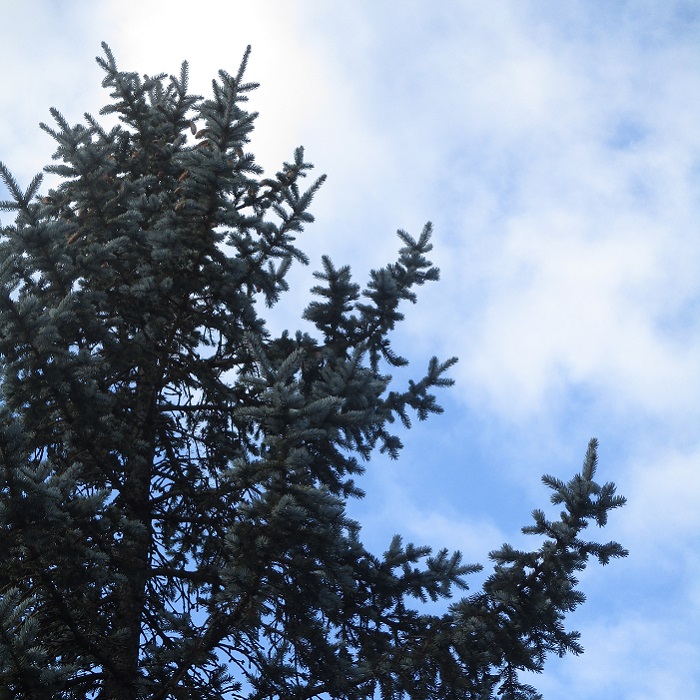UNITED STATES—Evergreens are popular for home décor through winter because there is not much blooming so late in most other American climates. The tradition endures, even though cut flowers of all sorts can easily be purchased from common supermarkets nowadays. Here on the West Coast, where several varieties of flowers can bloom through winter, evergreen foliage is as popular as it ever was.
Christmas trees are the most substantial form of traditional seasonal evergreens. The biggest wreaths occupy less space, and are mostly confined to walls rather than floors. Garlands can be big too, but their less defined form fits more neatly into limited space. For many of us, neatness is not a priority. Displays of evergreens and all the associated ornamentation can get quite elaborate.
Not many of us grow our own Christmas trees. It is more practical to purchase them as if they are very large cut flowers. Most but not all of us who hang garland likewise procure it already made. Some purchase prefabricated wreathes too. However, it is possible that more of us create our own. Other bits and pieces of evergreens are unlikely purchased. Most are from our home gardens.
Most of the pine, spruce, fir, hemlock, yew, arborvitae, and various genera known collectively as cedar, that are traditional evergreens in other regions are scarce here. A few other exotic species of pine, as well as natives, are more common in some landscapes. There are also different cedar and arborvitae. Blue spruce can sometimes be found. Douglas fir is native to nearby mountains.
Other regions lack the abundance of various cypress and juniper that are common here, as well as coastal redwood. (Redwood foliage is perishable once cut.)
There are no rules about cut evergreens anyway. Within reason, we can cut and bring in whatever we happen to find to be appealing in our gardens. We should cut the foliage properly though, as if pruning. Also, we should not cut too much from any particular spot, but instead harvest evenly over a large area. It helps to take pieces that are out of view, or that need to be pruned out anyway.
Highlight: blue spruce
For a tree that is native to the upper elevations of the Rocky Mountains, blue spruce, Picea pungens, does surprisingly well here. It only wants to be watered a bit through summer to compensate for the lack of rain and humidity in chaparral climates. It does not seem to miss a more pronounced chill through winter. Disease and insect infestation are uncommonly noticeable or damaging.
Garden varieties are impressively variable. Some are like big shrubbery that stays below downstairs eaves. The biggest do not get much taller than 30 feet, and take many years to get so tall. Most but not all are stoutly conical. Color is variable as well, ranging from grayish green to silvery bluish green. The evergreen foliage is very dense. Individual needles are only about an inch long.
Blue spruce demands patience, planning and room to grow. Pruning for containment compromises their naturally appealing conical form. Therefore, even compact cultivars that do not need much space will need enough to mature completely. However, because they grow somewhat slowly, blue spruce may take a few years to actually occupy much of their space, and function as intended.
Horticulturist Tony Tomeo can be contacted at tonytomeo.com.






